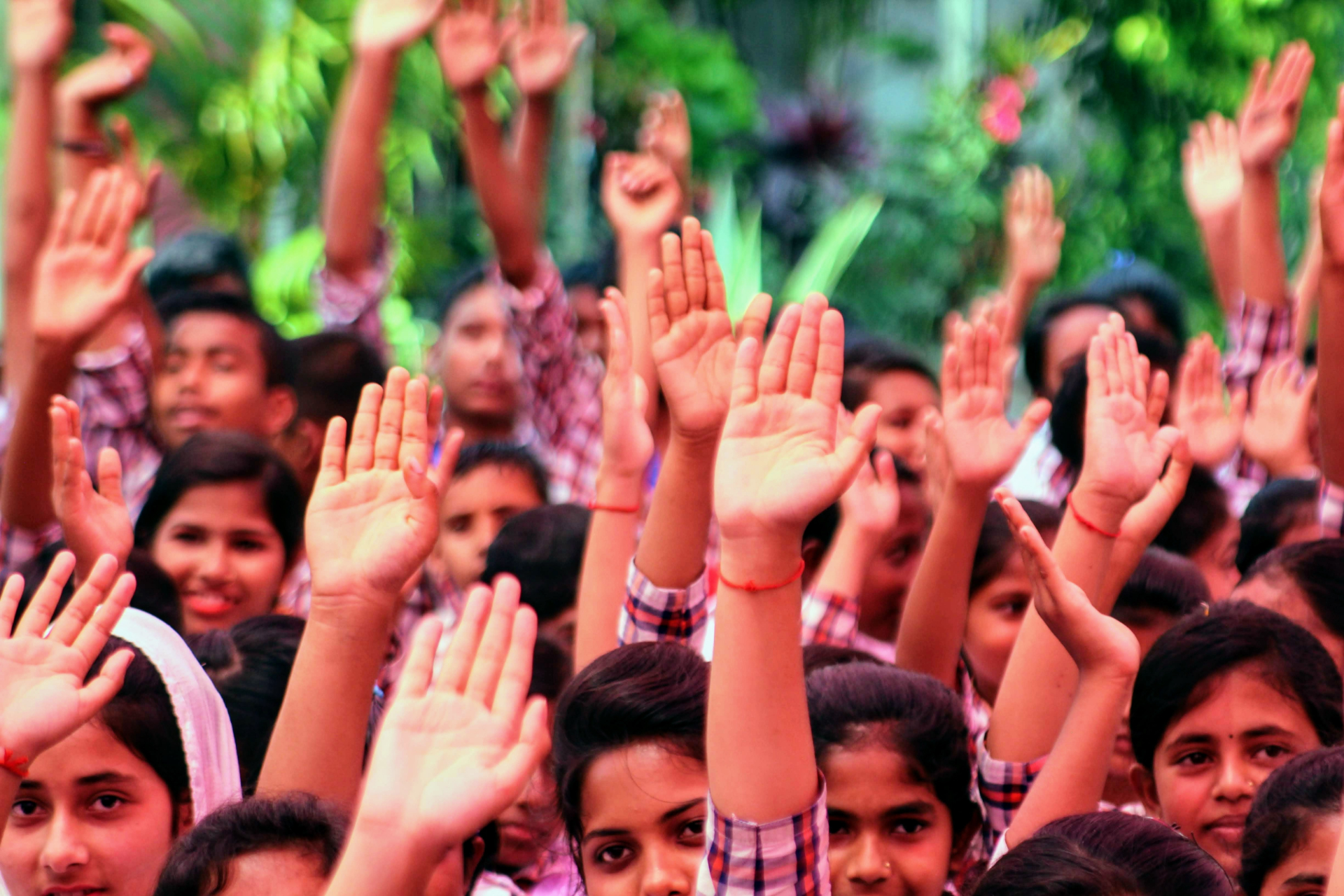Thirteenth in a series for 16 Days of Activism Against Gender-Based Violence by John Coonrod, PhD. Photo: The Hunger Project-Bangladesh.
School should be a wonderful experience of gaining skills and confidence to prepare yourself to fulfill your potential. The Universal Declaration of Human Rights (1948) Article 26 states:
- Everyone has the right to education…
- Education shall be directed to the full development of the human personality and to the strengthening of respect for human rights and fundamental freedoms…
Article 10 of the Convention on the Elimination of All Forms of Discrimination against Women (CEDAW, 1979) spells out in detail the obligation of all nations to guarantee education for girls.
Sadly, this right is regularly denied in numerous ways for girls – particularly adolescent girls. Girls are pulled out of school to help raise their younger siblings. When they reach puberty, they are pulled out of school for fear for their safety, and often are married off too young – itself a form of gender-based violence.
If they continue to attend school, there may be no provision for menstrual hygiene or even decent sanitation. And many girls face sexual harassment. Girls who become pregnant are often expelled.
For these reasons, community-led development organizations have made ensuring quality, safe education is available for every girls. These campaigns include:
- Halting Child Marriage. Many members of MCLD are also members of Girls Not Brides, a global partnership of 1500+ civil society organizations committed to ending child marriage and enabling girls to fulfill their potential.
- Organize Girls to know and demand their rights. Over 50 per cent of girls surveyed in a global poll say they have faced barriers, including violence and sexual harassment, to gaining a safe education, say the World Association of Girl Guides and Girl Scouts (WAGGGS). “Girl Guides and Girl Scouts are standing up and speaking out in the face of adversity, supporting others and demanding change. With 10 million members across 150 countries, WAGGGS plays a lead role in breaking down barriers to education through its leadership and innovative learning programs.”
- Organize School Principals to take it on. Women and Girls Lead Global media campaign supported by USAID and the Ford and Gates Foundations and implemented by ITVS in five countries uses mass media to foster community-led transformation. In Bangladesh, it carried out the Best Schools for Girls campaign, CARE, ITVS, The Hunger Project and other civil society groups, to train educators to improve their schools for girls in measurable ways — track progress — and award accomplishment through mass media coverage.
- Establish mentoring programs for girls. Community female leaders can take an active role, as do Elected women in India.
- Transform gender norms and expectations. Ensure that opinion leaders speak out for, and take pride in girls education. I’ve met traditional chiefs in rural village who — when asked how they know their community is making progress — cite the number of girls attending secondary school.
- Make secondary school more affordable. How to do this is a major research focus at the Center for Global Development.
Early this year, the US House of Representatives passed H.R. 2153 – Keeping Girls in School Act – authorizing USAID to tackle 14 barriers. It has not yet passed in the Senate.


